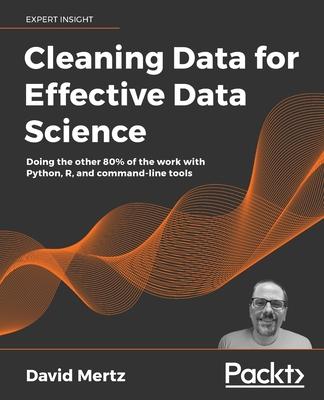A comprehensive guide for data scientists to master effective data cleaning tools and techniques
Key Features:
- Think about your data intelligently and ask the right questions
- Master data cleaning techniques using hands-on examples belonging to diverse domains
- Work with detailed, commented, well-tested code samples in Python and R
Book Description:
In data science, data analysis, or machine learning, most of the effort needed to achieve your actual purpose lies in cleaning your data. Using Python, R, and command-line tools, you will learn the essential cleaning steps performed in every production data science or data analysis pipeline. This book not only teaches you data preparation but also what questions you should ask of your data.
The book dives into the practical application of tools and techniques needed for data ingestion, anomaly detection, value imputation, and feature engineering. It also offers long-form exercises at the end of each chapter to practice the skills acquired.
You will begin by looking at data ingestion of a range of data formats. Moving on, you will impute missing values, detect unreliable data and statistical anomalies, and generate synthetic features that are necessary for successful data analysis and visualization goals.
By the end of this book, you will have acquired a firm understanding of the data cleaning process necessary to perform real-world data science and machine learning tasks.
What You Will Learn:
- Ingest and work with common tabular, hierarchical, and other data formats
- Apply useful rules and heuristics for assessing data quality and detecting bias
- Identify and handle unreliable data and outliers in their many forms
- Impute sensible values into missing data and use sampling to fix imbalances
- Generate synthetic features that help to draw out patterns in your data
- Prepare data competently and correctly for analytic and machine learning tasks
Who this book is for:
This book is designed to benefit software developers, data scientists, aspiring data scientists, and students who are interested in data analysis or scientific computing. Basic familiarity with statistics, general concepts in machine learning, knowledge of a programming language (Python or R), and some exposure to data science are helpful. The text will also be helpful to intermediate and advanced data scientists who want to improve their rigor in data hygiene and wish for a refresher on data preparation issues.
